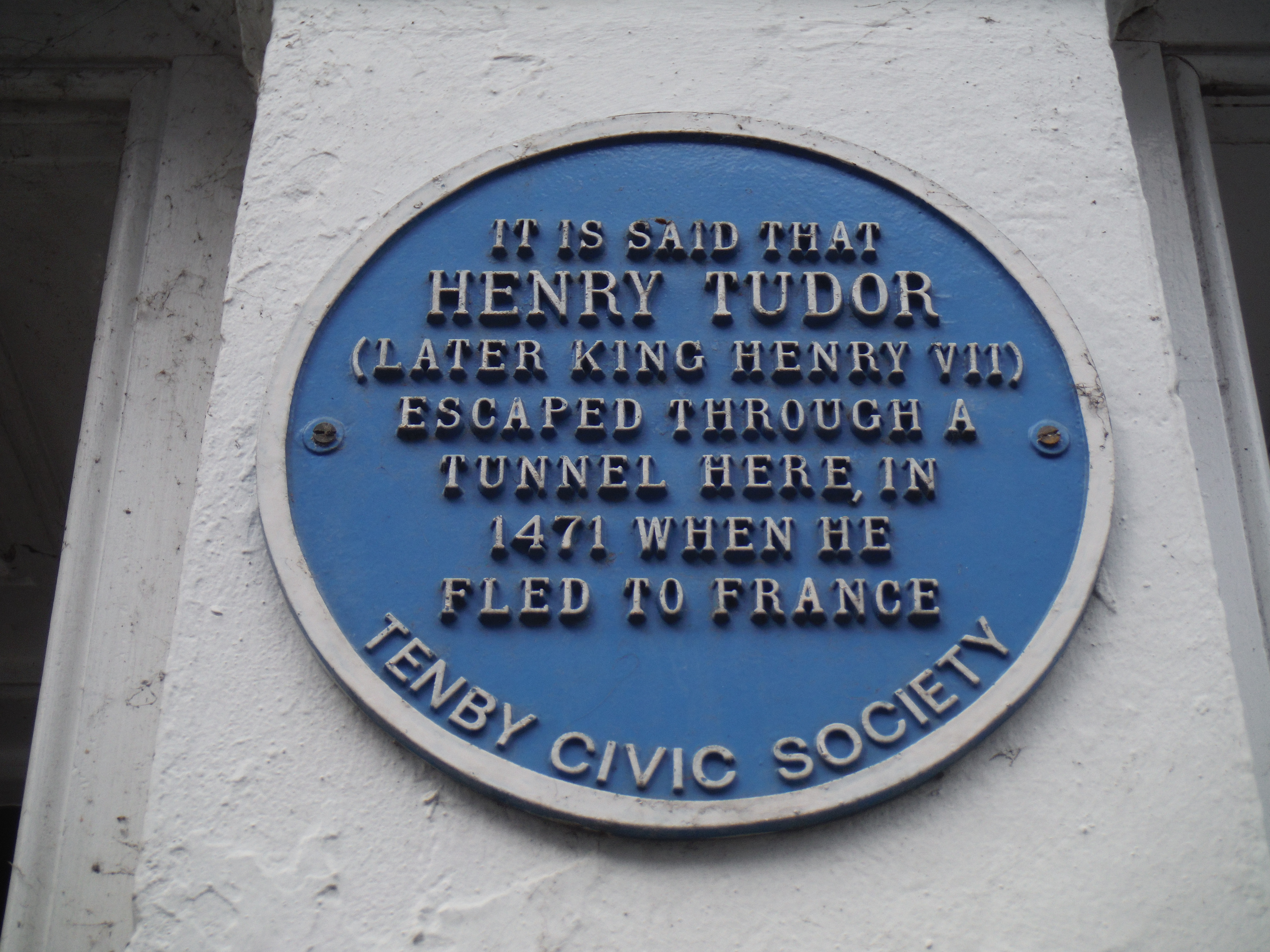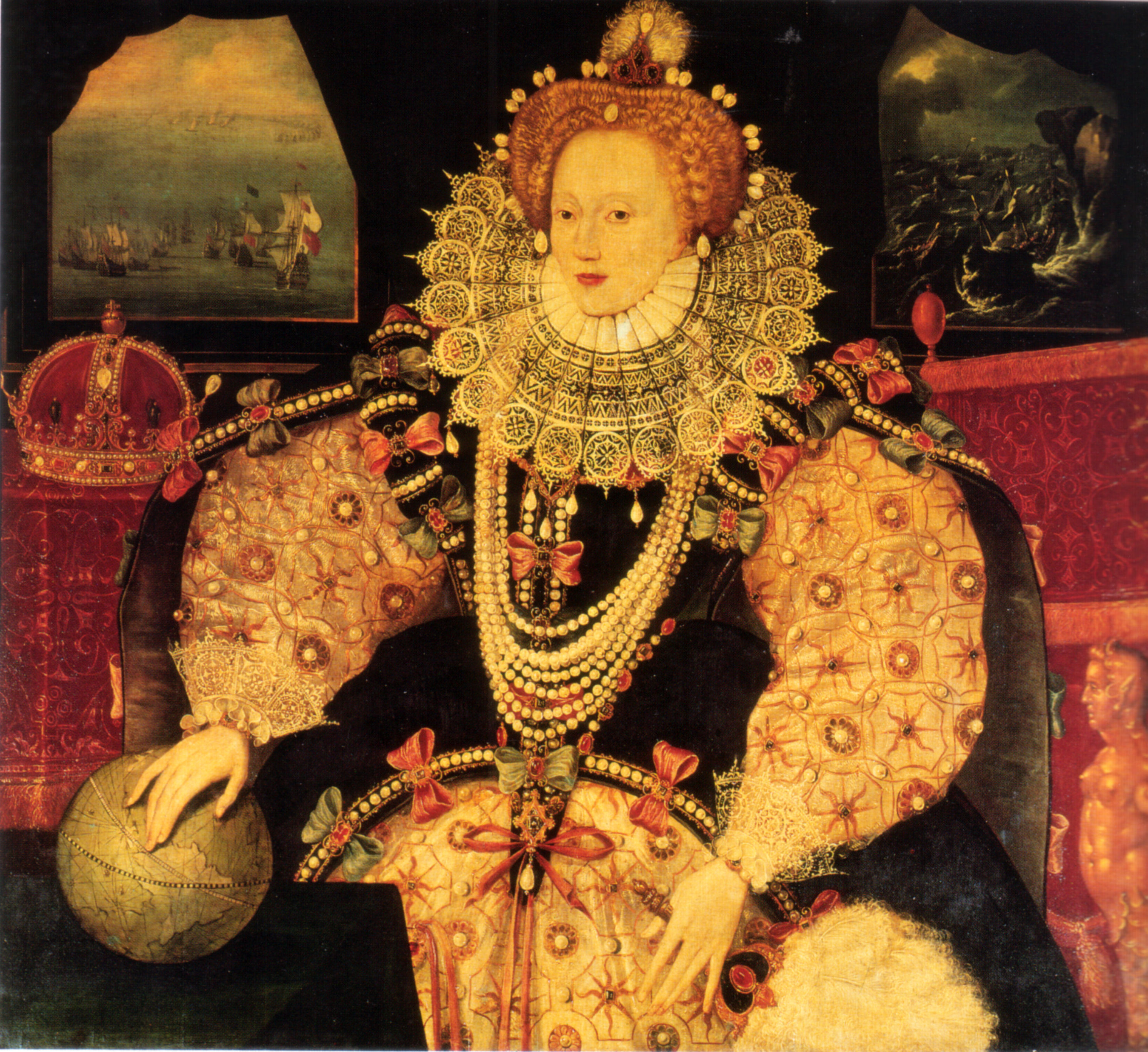The name “Anne of Cleves” conjures up thoughts of Henry VIII's allegedly unattractive, unfashionable fourth wife. However, over the span of almost 200 years, there were five women known as “Anne of Cleves”. First, we will meet Anne of Burgundy, who by marriage became an Anne of Cleves. For purposes of this article, we will refer to her as “van Kleef.” Next, we will meet the daughter of Johann II of Cleves, aunt to the famous Henry VIII’s fourth wife. We will call her “von Cleve” throughout this article. Finally, we will quickly look into the early life of Anne of Cleves, the most well-known to the English-speaking world.
Anne van Kleef
Anne van Kleef was born around 1435 to Philip the Good, Duke of Burgundy. Philip the Good was a lesser member of the Valois dynasty, and aside from his three wives and three legitimate boys, Philip had at least twenty-four mistresses and eighteen illegitimate children. Van Kleef was an illegitimate daughter of Philip the Good. Named Anne of Burgundy, van Kleef became the second wife of Adolf of Cleves, Lord of Ravenstein. She, herself, had already been married and widowed before her marriage to Adolf. Van Kleef served as governess for Mary of Burgundy, van Kleef’s niece through her legitimate brother, Charles the Bold. Van Kleef helped raise Mary, who became a very wealthy heiress upon the death of her parents, and lived to see Mary become wife to Archduke Maximilian, the future Holy Roman Emperor Maximillian I. Mary came to rule the Low Countries when her father died in battle in early 1477.
In 1476, shortly before his passing, Charles the Bold gave van Kleef a small patch of marshy land. Van Kleef saw to it that dykes were built to make the land inhabitable. The place was named St. Annaland, after van Kleef and the city’s patron saint. Eleven years later, van Kleef reclaimed more land from the water through the use of dykes and a new place, St. Philipsland, was created. It was presumably named after van Kleef’s father. On 14 January 1508, at the age of seventy-two to seventy-three, van Kleef passed away. Her heart was buried with her first husband and her body, with Adolf of Cleves, her second husband.
Anne von Cleve
Anne von Cleve was born to Johann II of Cleves in 1495. A marriage between von Cleve and Philip III of Waldeck-Eisenberg was proposed for the young woman, but her brother Johann III of Cleves did not approve of von Cleve's marriage to Philip III, and so he imprisoned her during the years of 1517, 1518 and 1519. Her brother eventually relented, and von Cleve married Philip III of Waldeck-Eisenberg in 1519. Von Cleve later became pregnant with their first son, also named Philip, and gave birth in 1520. She went on to have three more children, Johann I in 1521, who founded the new Landau line; Katharine in 1524, who married the ruler of the County of Lippe; and Franz in 1526, who married the daughter of one of his uncle Johann’s ministers. Due to the wealth that von Cleve brought to her new husband, they were able to complete the renovations of Castle Eisenberg.
Von Cleve was aunt to Henry VIII’s Anne of Cleves, as von Cleve was the younger sister of Anne of Cleves's father. One can imagine that Anne of Cleves, born in 1515, spent time with her aunt von Cleve, as Anne would have been two to four years old when her aunt von Cleve was held by Anne’s father. Anne of Cleves, after enjoying a close relationship with her mother, went on to marry Henry VIII of England as his fourth bride. Von Cleve’s husband, Philip III, passed away in 1539. Von Cleve would outlive her famous niece by almost ten years, with the former dying in May 1567 and the latter dying in July 1557.
Please keep a look out for Part II, where will we learn about two additional women known as Anne of Cleves.
The following video is an interview with the man who spent six years, and incorporated approximately 12,000 little stones, in building a model of Castle Eisenberg. It's in German, but even if you can't understand the language you can still see the model and get a feel for the landscape around the original castle.
Heather R. Darsie lives in the United States with her family and three parrots. She works in the legal field, with a focus on children. She obtained a Bachelor of Arts degree in German Languages and Literature, then a Juris Doctorate in American jurisprudence, and studied abroad in Costa Rica and France. Heather has always loved history. She first became acquainted with Elizabeth I when she was in middle school and chose to write a book report about her. Since then, she has always held an interest in the Renaissance and its numerous enigmatic citizens, with particular focus on the history of England and Italy. She is currently working on a book on the heraldry of Tudor women and is also researching Anne of Cleves.
Sources & Suggested Reading
- “Anna von Kleve, Gräfin von Waldeck-Eisenberg.” http://www.manfred-hiebl.de/genealogie-mittelalter/mark_grafen_von_der/anna_von_kleve_graefin_von_waldeck_eisenberg_+_1567.html Retrieved 15 July 2016.
- Schottmüller, Kurt. The Organisation of the Central Administration in Kleve-Mark before the Brandenburg possession in 1609. (Diss phil Marburg..).Berlin: ES Mittler (1896).
- “Burg Eisenberg.” http://www.goldhausen.de/index.php/site-goldhausen/goldhausen/geschichtliches/burg-eisenberg/ Retrieved 12 July 2016.
- “Genealogie Hooijboer (tak Berkhout): Anna von Kleve.” https://www.genealogieonline.nl/fr/genealogie-hooijboer/I3526.php Retrieved 20 July 2016.
- “Johann II ‘der Kindermacher,’ Herzog von Kleve 1481-1521.” http://www.genealogics.org/getperson.php?personID=I00023560&tree=LEO Retrieved 15 July 2016.
- Dupont, Guy. "Burgundy, Anna." National Biographical Dictionary, Vol. 18. Brussels (2007).
- “Adolf von Kleve, Herr von Ravenstein.” http://geneall.net/de/name/1819/adolf-von-kleve-herr-von-ravenstein/ Retrieved 11 July 2016.





Thank you for your research.